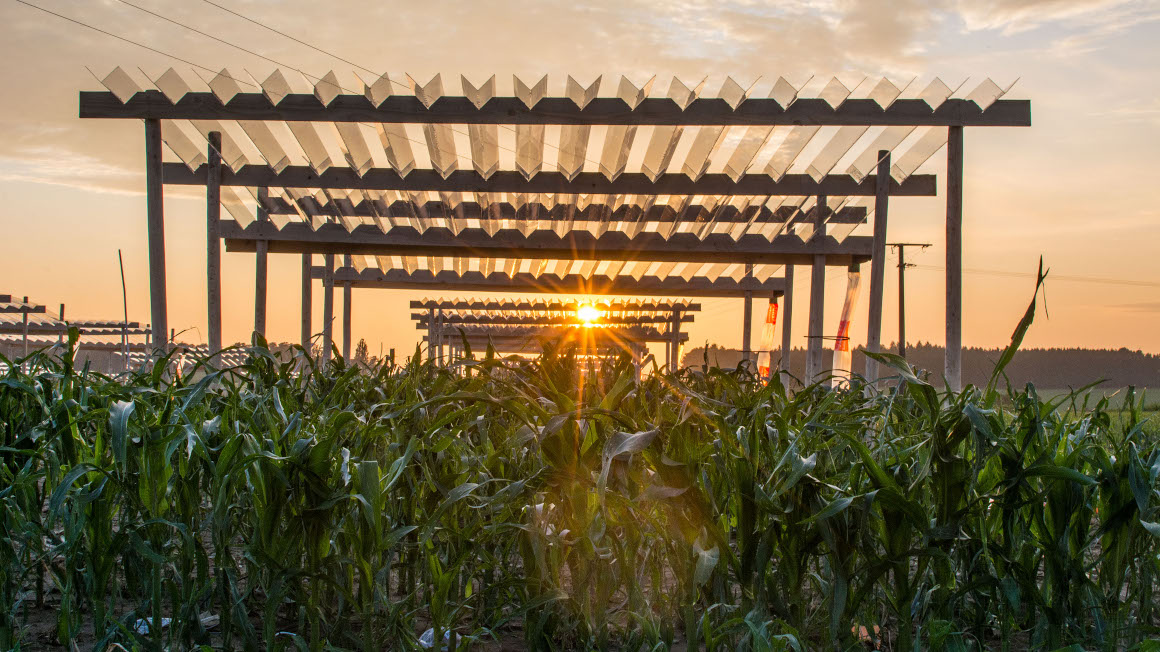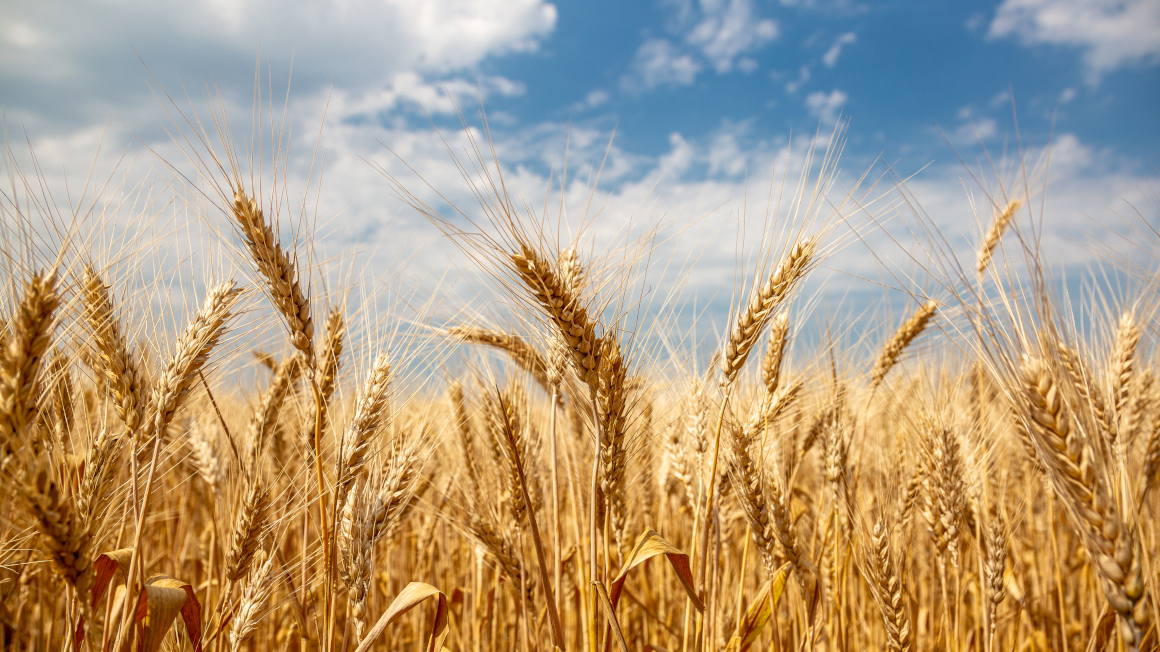How the root zone can secure crop yields
The RhizoTraits joint project aims to investigate the extent to which different mixtures of maize varieties can guarantee higher yields despite climate change. The focus is on the plant's root zone – the rhizosphere.

Whether plants thrive and produce high yields in the field does not only depend on whether they have sufficient water and nutrients available. The area of the plant close to the roots – the rhizosphere – also has a significant influence on the availability of water and nutrients, as previous studies by researchers at the University of Bayreuth have shown. For the team led by Bayreuth geoecologist Johanna Pausch, the rhizosphere has therefore long been the key to adapting plants to future climatic conditions and making them more resilient.
BMBF funds further research on the rhizosphere
In the joint project RhizoTraits, which is coordinated by the University of Bayreuth, the researchers are therefore taking a closer look at the properties of the area of the maize plant close to the roots. They want to find out whether older maize varieties and mixtures of varieties can stabilise yields in the climate crisis. The project started at the beginning of May and is being funded by the Federal Ministry of Education and Research (BMBF) with a total of 1.9 million euros until April 2027. Researchers from the Technical University of Munich, the Bavarian State Research Centre for Agriculture and the Karlsruhe Institute of Technology are also involved in the project.
The previous project, which was also funded by the BMBF, focussed on the question of the extent to which older varieties have properties in the rhizosphere that can reduce yield losses under extreme climatic conditions compared to modern varieties. As part of the study, older varieties showed increased plasticity in the properties of their roots and rhizosphere under drought conditions, which the researchers believe could make it easier for them to adapt to changing environmental conditions. A comparison of nutrient and water uptake revealed that old and modern varieties use different strategies. While the old maize varieties have longer and slimmer roots and are therefore able to obtain water and nutrients from the subsoil, modern varieties tend to rely more on symbiosis with root fungi.
Strategies for nutrient and water uptake by maize varieties
In the second phase of the project, which has now started, the team led by project coordinator Johanna Pausch wants to investigate the various strategies for nutrient and water uptake by maize plants in more detail. "We want to test whether the strategies remain stable under changing climate and soil conditions," says Pausch. To this end, a mixture of several maize varieties with different adaptation strategies and their effects on yield stability are being investigated. "We are growing the plants on different soils, and we expect differences between the rainier south and the drier regions around Würzburg," says Pausch.
Creation of yield forecasts for future climate scenarios
The decrease in maize yields in southern and northern Bavaria will also be analysed in more detail in the second phase of the project. Modelling approaches will also be used to create yield forecasts for future climate scenarios and to analyse the influence of varieties and variety mixtures on important ecosystem functions such as carbon storage.
According to the researchers, this integrative approach could be helpful in optimising the yield stability of future cultivation systems. "Cleverly composed variety mixtures" could be "a quick and easy-to-implement measure" to adapt agriculture in certain regions to the consequences of the climate crisis, they say.
bb


